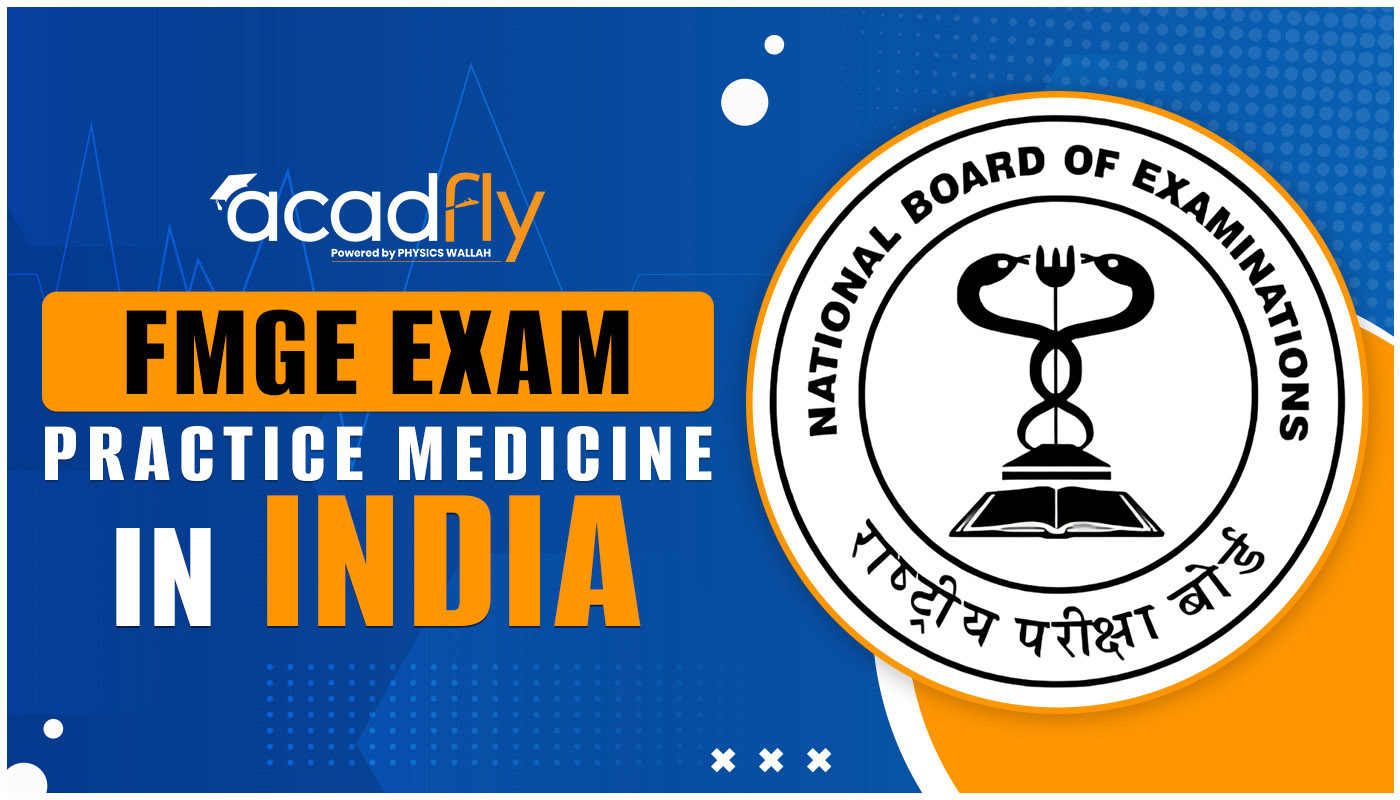
Getting a good mark on the IELTS Writing examination can be troublesome, but you should not lose hope as there are strategies and tips to prepare that will help maximize your marks significantly. Covering all the basics for IELTS Writing Tasks 1 and Task 2, this post will give you actionable things to make your essays better! These insights will come in handy for a better writing performance if you are taking the IELTS Academic or General Training test.
IELTS: Time-Crucial Writing Task 1 & Task 2
First and foremost, before we walk you through the strategies that will help optimize your writing workflow for each task, let's delve into the insight of every single content facet.
-
Task 1 (Academic): You will be asked to write a report based on some graphic data, e.g., bar/line graph(s), pie chart(s), table(s), or process(es). Just convey the essential facts as explicitly and accurately as possible.
-
Task 1 (General Training): A letter will have to be written according to the situation given. The context will determine whether it should be formal, informal, or semi-formal.
-
Task 2: Task 2 is an essay writing task, and you must write an essay on a statement, argument, or problem. Does your essay present a distinct position supported by well-balanced reasons and examples?
Key IELTS Writing Task 1 Tips
For IELTS Writing Task 1, focus on clearly describing visual data such as graphs or charts. Use a structured approach with an introduction, an overview, and detailed comparisons. Ensure your writing is accurate, concise, and includes varied vocabulary and grammar.
1. Know What Is Expected of You
Understanding IELTS Academic Task 1 is crucial. You need to be able to interpret multiple types of visual data and present it with precision. Learn the basic types of graphs (bar chart, line graph, pie chart) and patterns, recognizing a trend, or identifying particular data points. Write letters (formal/informal/semi-formal) of all kinds to practice for GT Task 1 rather than only formal ones, which you're already good at.
2. Practice Descriptive Language
The meat and drink of Task 1 responses is the descriptive language. Choose different words to write a piece of information and do not repeat data. Use words like "rose," "surged," or even "escalated" instead of repeating the word "increased." Likewise, for trends that decline, words like "dropped," "diminished," or "fell" can break up descriptive repetition.
3. Organize Your Response
Clarity is key. Write a brief introduction that rewords the prompt. Follow this with a high-level, brief overview of what you saw from the data (trends or features). For Academic Task 1, organize your description into logical paragraphs for similar data. For Task 1 General Training, ensure your letter is addressed with clear points—five parts make this format easy to write.
4. Focus on Grammar and Accuracy
Grammar accuracy is critical. Mistakes can obscure your message and damage your score. Watch out for subject-verb errors, verb tense confusion, and punctuation. For example, use the past tense for historical data and the present tense for general truths.
5. Mix Up Your Sentences
Show your range by employing simple, compound, and complex sentences. Doing so not only improves your writing but also proves that you are capable of using different sentence patterns to your advantage.
Actionable IELTS Writing Task 2 tips
For IELTS Writing Task 2, focus on clearly addressing the essay prompt with a well-structured argument. Develop your ideas with relevant examples and ensure each paragraph has a clear main idea. Proofread your essay to correct grammar and punctuation errors, and make sure your writing is coherent and logical.
1. Understand the Essay Question
You must understand the essay question fully. Determine if the essay is asking for an opinion, discussion, problem-solution, or a combination. You will lose significant marks if you misinterpret this question and go off on a tangent.
2. Have a Clear Thesis Statement
Clearly state your main argument or position in the thesis statement. It directs the course of your essay and organizes it for you. If you are writing a persuasive essay and the prompt wants to discuss online schooling, your thesis would serve as an outline regarding what pros/cons of schooling via the internet that this essay would delve deeper into.
3. Plan Your Essay Structure
Having a well-structured essay makes it easier for the reader to follow without missing out on critical information. Start with an introduction in which you set out the topic and your thesis. In each body paragraph, address a single point supported by examples and evidence. Summarize your main points, restate the thesis, and consider how they are true according to the arguments.
4. Use Evidence and Examples
Support your points with examples and evidence to strengthen your argument. This gives your essay authority because it shows that you can present facts without directly referring back to the source material. For example, when debating the benefits of renewable energy, give examples of the evolution of solar products or numbers about the decrease in carbon dioxide emissions.
5. Practice Writing Essays
The key to developing excellent essay-writing ability is regular practice. Compose essays on different topics and review them with your teachers, tutors, or peers. Review high-scoring sample essays and emulate some of their practices in your writing.
IELTS General Writing Tips for IELTS Task 1 and the Essay
1. Time Management
Time management is a key factor during the test. Spend approximately 20 minutes on Task 1 and the remainder on Task 2. This ensures that you have plenty of time to organize, write, and proofread both tasks without feeling under pressure.
2. Familiarize Yourself with Band Descriptors
Find out more about the IELTS band descriptors, which describe how your writing is rated. Remember to focus on task achievement, coherence and cohesion, lexical resources, and grammatical range & accuracy. This helps in aligning your writing with the context of what you are expected to deliver as a writer.
3. Develop a Vocabulary Bank
Your writing improves with a broad vocabulary. Expand your vocabulary bank with synonyms, idiomatic expressions, and phrases. Start incorporating these into your writing now so you won't be as repetitive and can develop your language further.
4. Review Model Answers
By studying model answers, you can pick up benchmarks of high-scoring responses. Analyze their structure, language, and how they address the task requirements. Identify successful methods and integrate these tactics into your writing routine.
5. Seek Feedback
Feedback is important for improvement. Show your practice essays to teachers or peers and carefully consider their comments. Address any recurring issues and identify areas where you can do better.
IELTS essay writing tips
For IELTS essay writing, focus on clearly addressing the prompt with a well-organized structure that includes an introduction, body paragraphs, and a conclusion. Use varied sentence structures and vocabulary to demonstrate your language proficiency, and ensure each paragraph logically develops your argument with relevant examples and evidence.
Understand the Prompt
Initially, carefully read the essay prompt and ensure you address all aspects of the question. Consequently, make sure your essay directly responds to the topic and maintains focus throughout.
Plan Your Essay
To begin with, spend a few minutes brainstorming and organizing your ideas. Subsequently, create a clear outline with an introduction, body paragraphs, and a conclusion to ensure a logical flow.
Develop Strong Arguments
In addition, support your points with relevant examples and evidence. Moreover, make sure each paragraph has a clear main idea, and your arguments are well-developed and coherent.
Use a Range of Vocabulary and Grammar
Furthermore, demonstrate your language proficiency by using varied vocabulary and complex sentence structures. However, avoid repetition and ensure grammatical accuracy.
Edit and Proofrea
Finally, allocate time to review your essay for spelling, punctuation, and grammatical errors. As a result, make sure your writing is clear, and concise, and effectively communicates your ideas.
Frequently Asked Questions
1. IELTS Writing Task 1 Mistakes & How to Avoid Them
2. How to Develop My IELTS Writing Task 2 Essay Fast?
3. How Can I Practice IELTS Writing at Home?
4. How Significant Is Grammar in IELTS Writing?
5. Does Reading Extensively Help in Boosting IELTS Writing?










